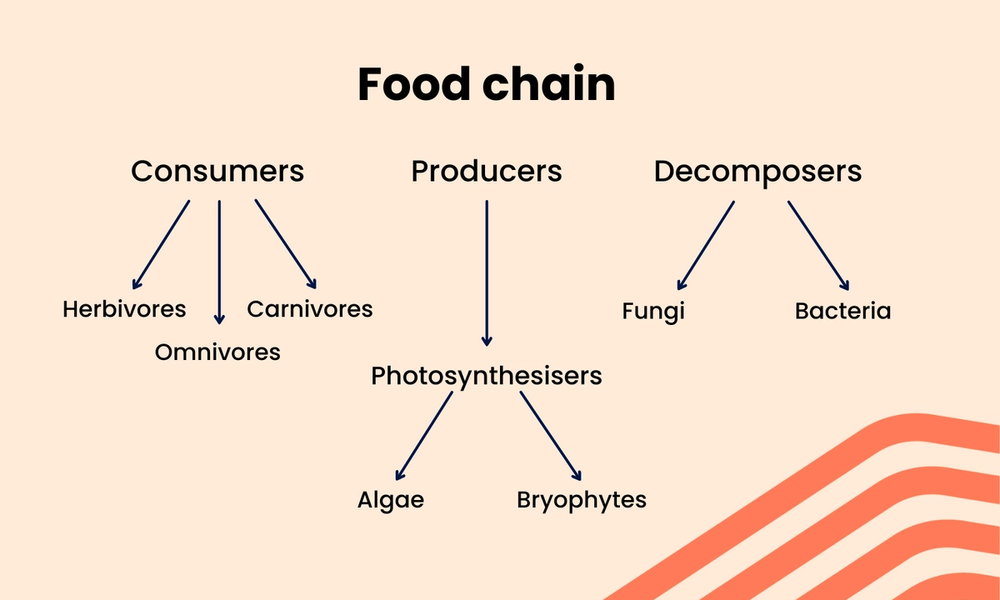Empower teachers across your school to teach Tier 3, subject-specific vocabulary effectively with these three easy-to-implement classroom strategies:
‘Literacy’ and ‘vocabulary’ are often regarded as issues for the English department. However, language is the tool that gives us the ability to understand and express complex knowledge.
English lessons aren’t purely about learning new words, but how a student can understand a text without a solid grasp of the language used. Similarly, subjects like science and maths aren’t just about memorising complicated terminology, but it’s vital that learners know and understand this language. This helps them unlock the concepts and ideas behind those confusing jumbles of letters.
Tier 3 vocabulary is a term coined by Isabel Beck to describe subject-specific language. Every subject has its own terminology: chemistry students need to know ‘polymerisation’, mathematicians need to know terms like ‘integer’ and ‘radius’, while geography teachers have to explain ‘biosphere’ and ‘atoll’.
The Education Endowment Foundation recommends schools adopt ‘disciplinary literacy’. This is a cross-curricular approach to literacy teaching where literacy skills are recognised as both general and subject-specific.
With this in mind, here are three useful strategies for teaching Tier 3 vocabulary:

Transform Tier 3 vocabulary with Mapper
Bedrock Mapper enables schools to deliver quality teaching and learning of subject-specific vocabulary, ensuring that learners can communicate like experts in every subject across the school.
1. Make it visual
A lot of technical language can be taught visually, and pictures or drawings are stimuli that any student can understand, regardless of their literacy. For example, a term like ‘velocity’ might be baffling for a Year 8 student, but every learner will be able to recognise a picture of a speeding car.
Better still, encouraging students to draw their own pictures and come up with their own visual frames of reference for Tier 3 language is an excellent way of formatively assessing their understanding. Do their drawings accurately match up with the definition and connotations of the term? And remember – get them to rationalise their drawings to ensure they’re really processing the terminology!
2. Explore roots and affixes
The English language follows rules. Contrary to how it might sometimes seem, many Tier 3 aren’t just arbitrary combinations of letters! Instead, many are formed using Greek and Latin roots and affixes. When teaching seemingly alien Tier 3 language, the ability to break words down into these composite parts can be eye-opening for learners.
Take the word ‘polymer’. If a student knows the Greek prefix ‘poly’ means many, while ‘mer’ means part, it makes sense that a polymer is a molecule made of many parts.
A fun way to get your class thinking about roots and affixes is to create interactive class displays, like root and affix trees, or to have groups and pairs matching together with roots flashcards.
Bedrock’s 37 Common Roots learning scheme also improves understanding of unfamiliar words by teaching common Greek and Latin roots.
Subject-specific vocabulary at your fingertips
Mapper makes targeted subject-specific vocabulary instruction that is personalised to every learner, easy. Start your free trial today.
3. Build semantic relationships
Words are all connected, and this is something teachers can leverage in their classrooms. Different students come to their lessons with a different bank of words they already know and understand.
The majority of these words are Tier 1 and Tier 2 – cross-curricular language. A large bank of words helps students pick up subject-specific terminology more easily. They’ll be able to understand definitions, work out words from context, and apply or respond to this language in exam situations. As Alex Quigley states in his book Closing The Vocabulary Gap, students with “a wealth of words” can naturally make connections between related words. For learners with “a restricted academic vocabulary, [making connections] can prove more of a challenge that requires support and modelling.”
By organising words into semantic groups, students build reference points for new terminology. In maths, a student’s understanding of a Tier 3 word like ‘quadrilateral’ is bolstered through connecting that term with simpler words like ‘square’ and ‘rectangle’ – they have four sides. Here, you can see how this technique is used in relation to the food chain in biology, semantically linking words like ‘consumer’, ‘producer’ and ‘decomposer’ with other subgroups.

To add an extra layer, it would be really good practice for students to then offer their own explanations and definitions of each term. They’ll find themselves using even more semantically related Tier 1 and Tier 2 language to articulate their understanding!





